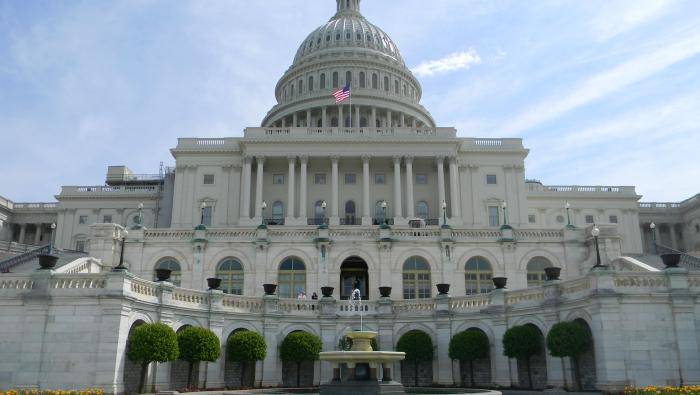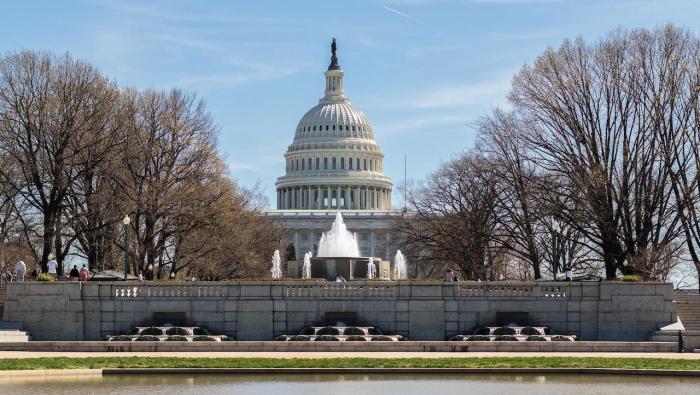U.S. and EU officials have reached agreements to further joint efforts on aviation safety and air traffic management harmonization, the FAA announced on Wednesday. FAA Administrator Michael Huerta joined European Commission Directorate General for Mobility and Transport director general Henrik Hololei and Ambassador Kaja Tael, permanent representative of Estonia to the EU, in signing two amendments to existing agreements.
"Our collaboration remains vitally important for the safe and efficient movement of passengers and cargo on both sides of the Atlantic," Huerta said. "[This] signing continues a deep commitment to cooperation and harmonization shared by America and the EU."
The Aviation Safety Agreement amendment covers reciprocal acceptance of approvals associated with flight simulator training devices and pilot licensing. The amendment further facilitates collaboration operations and air traffic safety oversight. “By reducing duplication and leveraging resources, the FAA and EU can better allocate resources to areas with higher risks to aviation safety,” the agency said.
The second amendment expands ATM modernization collaboration on air traffic technologies, standards and procedures involved in the NextGen and Sesar modernization programs. “The expanded agreement will now cover the full life cycle of air traffic management modernization activities from development to deployment,” the FAA said.
"The broadened scope of the two agreements we signed confirms the strong commitment to continue to work together for the future of aviation safety—always the highest priority in our aviation agenda,” Hololei said.
The General Aviation Manufacturers Association hailed the signing of the agreements, saying they will promote transatlantic cooperation and efficiency. GAMA in particular welcomed the collaborations on pilot licensing and simulators. “There is an urgent need to allow private pilots to easily transfer their existing skills between authorities without undue burden,” said GAMA president and CEO Pete Bunce. “Similarly, improving the availability of simulators to facilitate their expanded use will directly contribute to general aviation safety.”






